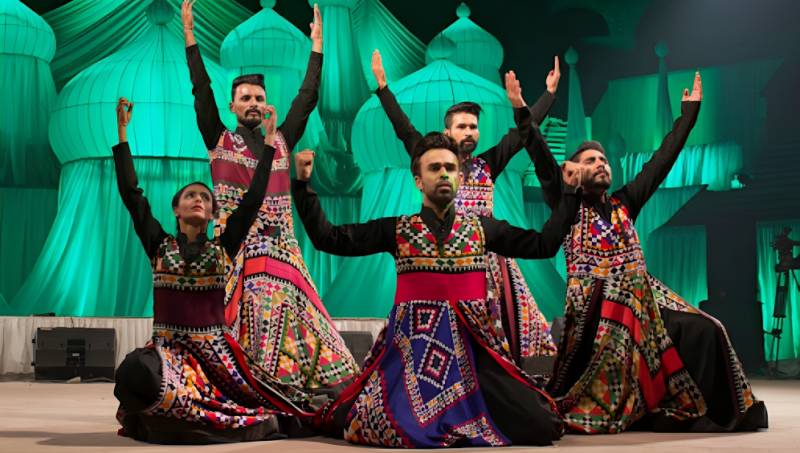
“Preservation of one’s own culture does not require contempt or disrespect for other cultures”—Cesar Chavez
When asked to define ‘culture,’ there is a tendency to ponder for a moment before attempting to find words that would do justice to the term. The nineteenth century anthropologist Edward Burnett Tylor lays down what has understood to be the classic definition of ‘culture’ in the first paragraph of his Primitive Culture (1871). He writes: “Culture is that complex whole which includes knowledge, belief, art, morals, law, custom, and any other capabilities and habits acquired by man as a member of society.”
While a good many theorists consider social norms as bases for culture, some like A.L. Kroeber and Clyde K. M. Kluckhohn opined that culture is an abstraction by reasoning that if culture is behavior it, ipso facto, becomes the subject matter of psychology; therefore they concluded that culture “is an abstraction from concrete behavior but is not itself behavior.”
Even this was not considered satisfactory as there were complications that led to further divisions in the idea of concrete and abstract and interchangeable elements of human behavior and culture. Leslie A. White tried to resolve this in his essay The Concept of Culture by stating that the issue is not really whether culture is real or abstract. He reasoned that the issue is the context of the scientific interpretation.
In short, there are many overtones to this single concept because of which debates and discourse continue to thrive that keep the human mind perplexed but actively reflecting.
Even when one refers to someone as highly cultured, it implies being completely opposite to the concept of a cannibal living on an isolated island as a member of a tribe that may have developed a powerful culture of its own. In short, that cannibal may have attained a high level of its peculiar cultural heredity but when compared to a dignified, well-behaved, soft-spoken human being, he is nothing more than an uncouth, uncultured, disgusting animal unfit to be called a human being. Such is the perception that varies from region to region and from people to people. One thing is certain—society precedes culture.
A cluster of human beings living together as a group eventually form a specific socio-cultural environment, the tools of which constitute language, beliefs, lifestyle, clothing, food, etc. depending upon various physical factors of the region, available natural resources, spiritual ideologies etc. that passes on from generation to generation Through the passage of time these tools become the identifying symbols of children born in these set-ups that are also responsible for providing the much needed security, comfort and enduring life.
People living in various parts of the world have developed their own cultural systems. For example, culture of the Eskimos of Arctic would make no sense to an Arab Bedouin. Where the former is exposed to extreme cold, the latter has to survive in extreme heat. The cultural values of both these people would be poles apart with one perhaps forced to eat raw meat while the other unable to preserve the same in its raw form. Again, there is no yardstick to gauge whether a particular culture is good or bad as this would be relative to one’s own notion of what is good and what is bad. A criminal mafia’s culture of loot, plunder and killing would definitely not appear as noble to many while a society that professes a culture of humanity may be looked upon with appreciation.
The biological factor is definitely the common thread that binds all cultures as food, clothing, shelter and communication are physical necessities but new-born infants are devoid of any culture. In fact, all newborns anywhere in the world are equal in the sense that they share the same urge to cry, suckle and sleep. As they mature, their behavior, attitudes, ideals and beliefs are heavily influenced by cultural values that encompass them.
The following excerpt is worth reading: “It is almost impossible to exaggerate the power and influence of culture upon the human animal. It is powerful enough to hold the sex urge in check and achieve premarital chastity and even voluntary vows of celibacy for life. It can cause a person to die of hunger, though nourishment is available, because some foods are branded unclean by the culture. And it can cause a person to disembowel or shoot himself to wipe out a stain of dishonour. Culture is stronger than life and stronger than death.”
It is understood that two persons sharing the same regional culture are more likely to get on better compared to another two who, although profess the same religion come from totally different parts of the world. So, a Buddhist from Sri Lanka may not see eye to eye with a Japanese Buddhist but would be quick to befriend a Sri Lankan Christian with whom he can speak the same language and enjoy the same cuisine.
Our beautiful country Pakistan houses a variety of nations that have their own cultural traditions. Under the green and white star-crescent flag, we have Sindhis, Punjabis, Baloch, Pashtun, the Indian migrants, Kohistanis and other minor tribes that grace the terrain of this land. To this day, they have retained their individual values while drawing adaptive elements from each other creating a bouquet that spreads its fragrance all around.
As a nation, we should learn to appreciate this idea if we are truly interested in keeping our boundaries intact. Extending our love and compassion to one and all, respecting their demands and helping them to grow would contribute to the progress and prosperity of the country as well. On the contrary, making fun or looking down upon others, just because their culture is different can lead to disunity. Repeating errors of the previous century would not be wise. We must learn from our mistakes and avoid repetitions. Cultures may be diverse but there can be unity in diversity.

